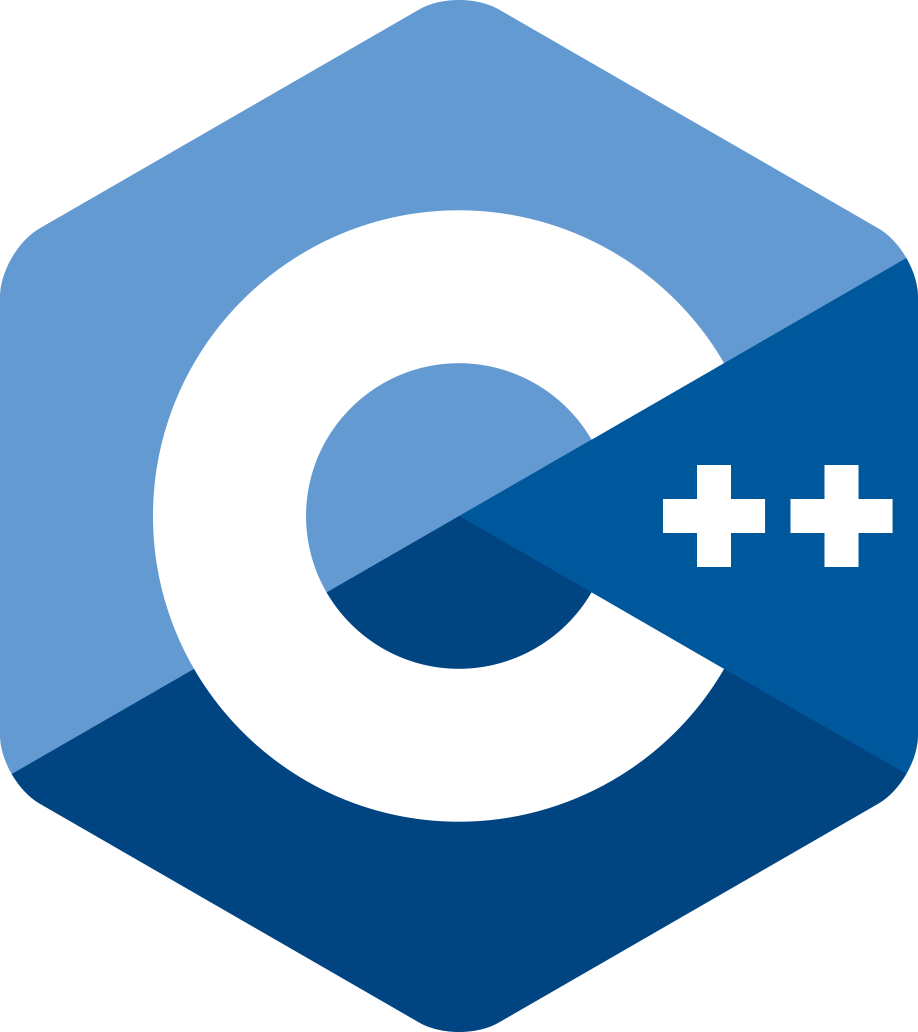
Introduction
What is Object Oriented Programming(OOP)?
Object-oriented programming is a programming paradigm that organizes code around data(objects), rather than functions and logic. An object can be defined as a data field that has unique attributes and behavior.
For example, let’s take an object and call it Car:
object Car;This Car instance can have many attributes:
object Car {
property manufacturer
property model
property releasedYear
property horsePower
}In this case, the Car is a class and its attributes(properties) are manufacturer,model , releasedYear and horsePower.
Furthermore, an object is an instance of a class.
//Tesla is now an object of the Car class
Tesla = new Car({manufacturer:"Tesla", model:"CyberTruck", releasedYear:"2019", horsePower:"1800"});Using C++
Classes and Objects
To create a class, we can use the class keyword like so:
class Car {
public:
string manufacturer;
string model;
int weight;
}Here, we are telling C++ to create a class along with a handful of properties.
To use it in action, write the following code:
#include <iostream>;
using namespace std;
int main() {
Car Tesla; //create a new Car instance.
Tesla.manufacturer= "Tesla"; //assign the manufacturer property
Tesla.model= "CyberTruck";
cout <<Tesla.manufacturer<< endl; //log out their values
cout <<Tesla.model <<endl;
return 0;
}
Using functions
Just like properties, we can even append functions within our class definition:
class Car {
public:
//further code..
void sayHello() {
//when executed, log out the manufacturer property.
cout << "Hello! I am " << manufacturer << endl;
}
}
int main() {
//further code..
Tesla.sayHello(); //execute the sayHello method.This will be the output of the code:

Inheritance
Inheritance is a part of the OOP paradigm. It means that another class will inherit the properties of another class.
For example, look at the following code:
class Vehicle {
numberOfTyres;
size;
weight;
}We can create another class called Car that can inherit from Vehicle’s properties:
class Car : Vehicle { //inherits from Vehicle class
//other than Vehicle's properties, it will also have the following properties;
horsePower;
seats;
}
//create a Car instance.
Car Tesla;
Tesla.numberOfTyres = 4; //since Car is a child class of Vehicle, we can use this property.
Tesla.horsePower =1500;To use inheritance with C++, write the following code:
#include <iostream>;
using namespace std;
class Vehicle {
public:
int numberOfTyres;
int size;
int weight;
};
class Car: public Vehicle { //tells C++ to
public:
string manufacturer;
string model;
};
int main() {
Car Tesla;
Tesla.numberOfTyres = 4; //use numberOfTyres property from Vehicle class
Tesla.size= 400;
cout<<Tesla.numberOfTyres<<endl;
return 0;
}In this piece of code, we created a Car class which is a child class of Vehicle . Later on, we built a Car instance and assigned their properties.
This will be the result of the code:

Object Slicing
According to Stack Overflow, object slicing is a crucial concept in the programming space.
“Slicing” is where you assign an object of a derived class to an instance of a base class, thereby losing part of the information – some of it is “sliced” away.
As an example, see this code:
class A {
int foo;
};
class B : public A { //classs B inherits from A
int bar; //other than 'foo', the B class has another property called 'bar'.
};After this step, if you were to write this:
B b;
b.bar = 100;
A a = b;This means that the information in b about the bar property is lost in a.
This problem is called slicing, which results in program instability and bugs.
Conclusion
In this article, you learned the fundamentals of OOP in the C++ programming language. OOP is a crucial concept not only in C++, but also in other languages as well.
Thank you so much for reading! Happy coding!